X
wikiHow is a “wiki,” similar to Wikipedia, which means that many of our articles are co-written by multiple authors. To create this article, volunteer authors worked to edit and improve it over time.
This article has been viewed 53,602 times.
Learn more...
Your piriformis muscle is located deep in your buttock underneath your gluteus maximus. This muscle can sometimes go into spasm or can simply become tight. Whether you are just stretching your piriformis to gain flexibility, or to manage a condition like piriformis syndrome, you will need to begin with gentle stretches and work your way up to lengthening and strengthening stretches. Scroll down to Step 1 for more information.
Steps
Method 1
Method 1 of 3:
Trying Gentle Piriformis Muscle Stretches
-
1Be aware that you should start out with a gentle stretch before trying harder stretches. It is important that you start with gentle piriformis muscle stretches. If you start by stretching too aggressively, you can actually injure your piriformis muscle.
- If you have started out too intensely, give your muscle a day or so and then begin again with these gentler stretches.
-
2Try a cross-legged stretch. When you do this stretch, you should feel a stretching sensation in your buttock. However, you may also feel the stretch in your lower back and slightly further down your leg. You should not feel any pain whatsoever, just a stretching sensation. If you begin to feel pain, stop right away to avoid injury. To do this stretch[1] :
- Lie on your back.
- Bend your knees.
- Partially cross your legs by placing your left ankle on top of your right knee.
- Place your left hand on your left knee.
- Gently push your left knee away from you (just until you feel a gentle stretch).
- Hold the stretch for 20 to 30 seconds.
- Repeat using your right ankle on top of your left knee.
Advertisement -
3Make the cross-legged stretch easier if you are too tight. If you are experiencing great difficulty placing your ankle on the opposite knee, your piriformis muscle is most likely very tight. You need to stretch your muscle, but be very careful because when your muscle is extremely tight you can easily injure your muscle. You should try to complete the stretch even more gently. To do this:
- Do not bend the knee of the leg you are placing your ankle on as much. This will decrease the amount of stretch you are placing across your piriformis muscle.
-
4Modify the cross-legged stretch to make it a bit more challenging. If you find that the above stretch is extremely easy or you do not feel any stretch whatsoever, try to modify the stretch so your piriformis muscle stretches a little further. This modification increases the stretch across your piriformis muscle. You should feel this stretch in your buttock and a little down your leg or slightly into your lower back. To do a harder cross-legged stretch[2] :
- Lie on your back.
- Bend your knees.
- Partially cross your legs by placing your left ankle on top of your right knee.
- Place your left hand on your left knee.
- Gently push your left knee away from you (just until you feel a gentle stretch). Hold this.
- Now, place your right hand behind your right knee, and gently pull it toward your chest.
- You should be simultaneously pushing your left knee away, while pulling your right knee toward your chest.
- Hold this stretch for 20 to 30 seconds.
- Repeat using your right ankle on top of your left knee.
Advertisement
Method 2
Method 2 of 3:
Trying More Intense Strengthening Exercises
-
1Try lifting your injured leg if you are dealing with a piriformis injury. Strengthening your piriformis will help to keep if from getting injured. The piriformis rarely gets stretched so it is actually more prone to injuries than other muscles. If you injured your piriformis and are trying to strengthen it, you can do a leg lift.[3]
- Lay a yoga mat or soft surface out in front of you.
- Get down on all fours with your arms extended down below your shoulders.
- Raise one leg and hold the position for 5 to 60 seconds, depending on your comfort level.
- Lower your leg to the ground.
- Repeat with the other leg.
- Lift each leg 10 times.
-
2Try a hip rotation exercise. Another way that you can strengthen your piriformis muscle is by doing a hip rotation exercise. The piriformis is in charge of your hip rotation and making your leg and foot move in an outwards motion. To do this exercise:
- Lie flat on your stomach.
- Bend one leg so that it makes a 90 degree angle, with your foot facing out towards the rest of the room.
- Try to rotate your bent leg outward away from your body.
-
3Do the figure of four stretch. This stretch is called the figure four stretch because when you do it, your body resembles the number four.[4] This stretch helps to increase your piriformis’ flexibility and reduce any muscle spasms. You can do it standing, sitting, or lying down. Whichever you choose, hold the position for 5 to 60 seconds depending on what is comfortable[5] :
- Standing: Stand with your feet flat on the ground. Now place the heel of your right foot onto the ankle of the left foot. Bend down and hold the right foot. Slide the right foot up to the level of the left knee, making the shape of the number ‘4’ with your legs. Repeat with the left side.
- Sitting: Sit on a chair and put the foot of your right leg onto the knee of your left leg. Make sure to keep the shin of your right leg straight and in line with the knee.[6] Repeat with your other leg.
- Lying down: Lie down flat on your back and bend both of your legs at the knees. Now put the foot of your right leg on to the knee of your left leg. Place your hands under the thigh of your left leg and pull the leg up.
Advertisement
Method 3
Method 3 of 3:
Lengthening Your Piriformis with Different Stretches
-
1Lie down on the floor and bend your affected leg at the knee for a lengthening exercise. Doing this exercise will raise rotate your hip and stretch your piriformis. You will be able to do this stretch more easily the more you practice, as it lengthens your piriformis and increases your flexibility and strength.[7] Do to this stretch[8] :
- Lie down on the floor.
- Bend your right leg at the knee.
- Place the right foot on the thigh of your left leg.
- Pull the thigh of the left leg towards your torso so that it is raised of the ground.
- Hold the stretch for five seconds and then release. Repeat this stretch three times on both legs.
-
2Hold your ankle and bend towards your torso to lengthen your muscle. To do this exercise, lie down on the ground. Bend your hip so that your thigh and your body form a 90 degree angle. At the same time, bend your knee so that your shin and thigh form a 90 degree angle. Using both hands, hold your ankle and pull the ankle towards your torso.[9]
- Hold this position for 5 seconds and then repeat this process on your other leg.
- Do this stretch three times on both legs.
-
3Bend your hip and knee at 90 degrees angles and try to touch the floor. Doing this will help stretch your piriformis by internally rotating your hip. To do this stretch, you will need to get into the position outlined in the last step[10] :
- Bend your hip and knee so that they are both forming 90 degree ankles. Try to touch the bent knee to the floor on the other side of your body.
- Hold this position for five seconds and then repeat on the other leg. Do this stretch three times on both legs.
Advertisement
Expert Q&A
-
QuestionWhat other piriformis stretches can you try?
 Eric Christensen, DPTEric Christensen is a Physical Therapist based in Chandler, Arizona. With over a decade of experience, Eric works in both orthopedic and neurological fields and specializes in custom orthotic prescription and casting, vestibular reprogramming, and manual therapy. He holds a Bachelor’s degree in Exercise Science with a focus in Sports Medicine from Colorado State University and a Doctor of Physical Therapy from Regis University. In practice, Eric takes a developmental approach to rehabilitation utilizing the Selective Functional Movement Assessment. He uses functional movement patterning and manual therapy to return patients to prior levels of function.
Eric Christensen, DPTEric Christensen is a Physical Therapist based in Chandler, Arizona. With over a decade of experience, Eric works in both orthopedic and neurological fields and specializes in custom orthotic prescription and casting, vestibular reprogramming, and manual therapy. He holds a Bachelor’s degree in Exercise Science with a focus in Sports Medicine from Colorado State University and a Doctor of Physical Therapy from Regis University. In practice, Eric takes a developmental approach to rehabilitation utilizing the Selective Functional Movement Assessment. He uses functional movement patterning and manual therapy to return patients to prior levels of function.
Physical Therapist Lie flat on your back and drop your left leg so it's flat on the table. Then, bring your right knee up towards your chest; using both hands, pull that knee towards your opposite (left) shoulder. For a more aggressive stretch, take your hand just above your right ankle and pull both the ankle and knee towards the opposite shoulder.
Lie flat on your back and drop your left leg so it's flat on the table. Then, bring your right knee up towards your chest; using both hands, pull that knee towards your opposite (left) shoulder. For a more aggressive stretch, take your hand just above your right ankle and pull both the ankle and knee towards the opposite shoulder.
Advertisement
Warnings
- Stop if you feel any pain when doing any of these exercises.⧼thumbs_response⧽
Advertisement
References
- ↑ Boxcer, Paul, Physiotherapist and author of Low Back Pain & Sciatica A Personalized Treatment Approach, Spinal Healthcare in the UK; 2011: 221-224.
- ↑ Boxcer, Paul, Physiotherapist and author of Low Back Pain & Sciatica A Personalized Treatment Approach, Spinal Healthcare in the UK; 2011: 221-224.
- ↑ Barton, P. M. (1991). Piriformis Syndrome: A Rational Approach to Management. PAIN , Vol 47 p345-352.
- ↑ https://youtu.be/SK-cVqxSiIE?t=488
- ↑ Douglas R. Keskula, M. T. (1992). Conservative Management of Piriformis Syndrome. Joumal of Athletic Training , 102-110.
- ↑ https://youtu.be/SK-cVqxSiIE?t=533
- ↑ https://youtu.be/SK-cVqxSiIE?t=488
- ↑ Barton, P. M. (1991). Piriformis Syndrome: A Rational Approach to Management. PAIN , Vol 47 p345-352.
- ↑ Barton, P. M. (1991). Piriformis Syndrome: A Rational Approach to Management. PAIN , Vol 47 p345-352.
- ↑ Douglas R. Keskula, M. T. (1992). Conservative Management of Piriformis Syndrome. Joumal of Athletic Training , 102-110.
About This Article
Advertisement





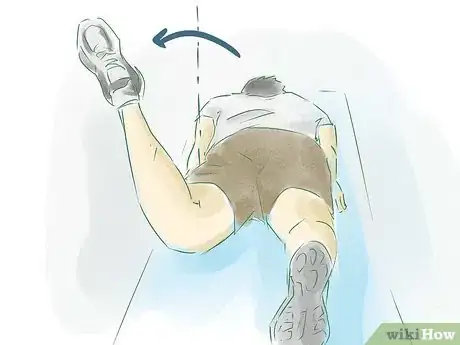


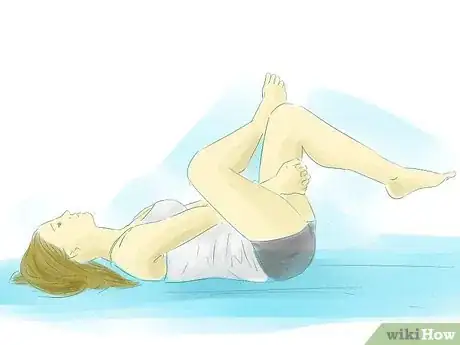
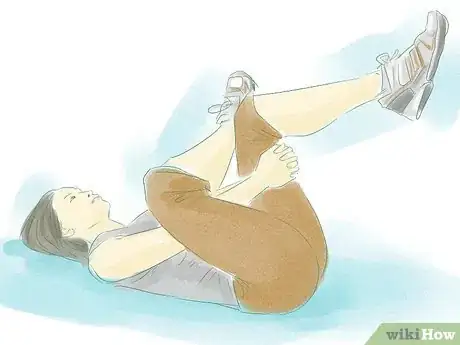
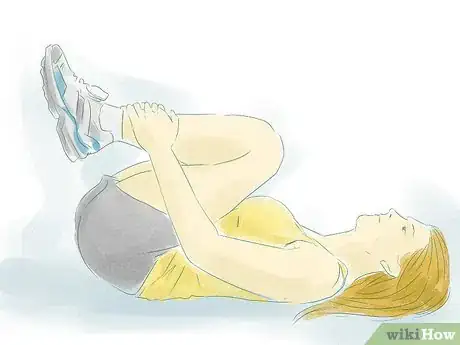
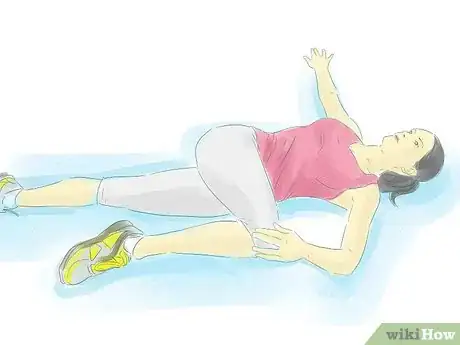

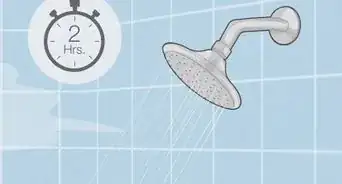
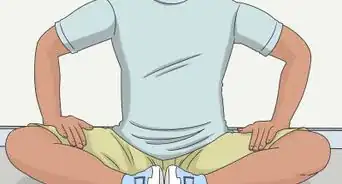
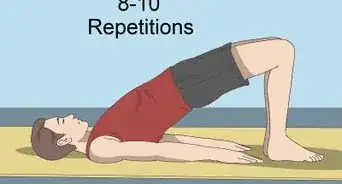
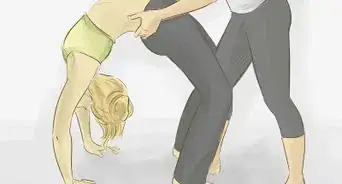
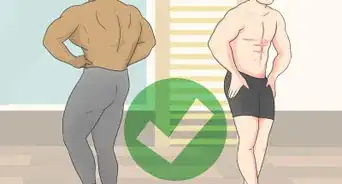

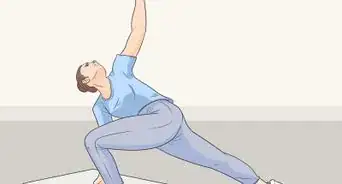

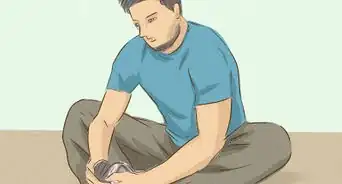







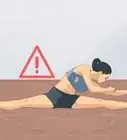

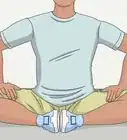



































Medical Disclaimer
The content of this article is not intended to be a substitute for professional medical advice, examination, diagnosis, or treatment. You should always contact your doctor or other qualified healthcare professional before starting, changing, or stopping any kind of health treatment.
Read More...